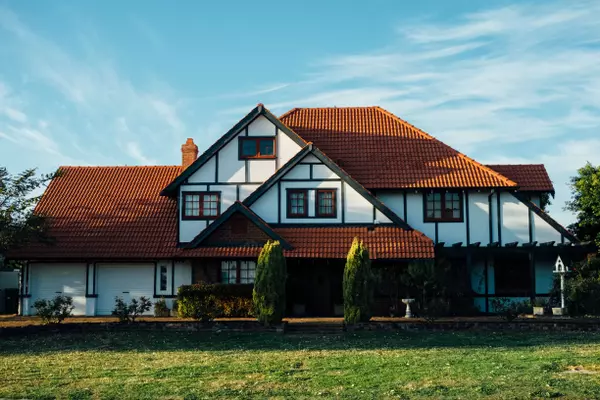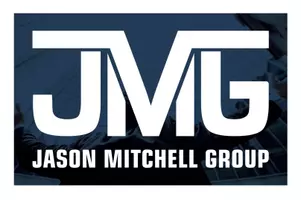Opinion: Preparation key to limiting destruction from state wildfires
At the beginning of this year, the city of Los Angeles faced the most destructive series of wildfires in its history. As wildfire season grows longer and more intense, communities across the country are more frequently responding to unprecedented disasters exceeding their worst-case scenarios, getting caught in a vicious cycle of destruction and recovery.
Across the U.S., climate-induced wildfires cost as much as $893 billion per year. The total damage and economic losses from the L.A. fires alone are estimated to be between $250 billion and $275 billion, exceeding the damages from the 2023 Maui wildfires. Businesses and employees in affected areas are estimated to face a total wage loss of $297 million.
Persistently dry conditions and hurricane-force seasonal winds have made wildfires a year-round threat. Wildfire activity is also no longer limited to historically wildfire-prone zones. For reference, states not typically at risk of wildfires, such as Florida, West Virginia and New Jersey, have recently been designated as high-risk zones. The compounding effects of extreme weather events can also intensify wildfires, as seen in the recent tornado that struck the South and Midwest, which accelerated wildfire activity in Oklahoma, Texas and Kansas.
This barrage of natural disasters isn’t slowing down, and the burden on taxpayers is untenable. To break the cycle of costly disaster recovery, we must prioritize mitigation strategies before disaster strikes.
With wildfire season upon us, it is critical to assess the known impacts of wildfires and develop forward-looking strategies for a future where wildfires are increasingly frequent, widespread and destructive. Strategies should prioritize outcomes with broad support, such as clean air, secure energy systems, robust infrastructure, healthy landscapes, and a skilled and safe workforce.
There is a clear return on proactive investment: according to a recent economic study from Allstate and the U.S. Chamber of Commerce Foundation, every $1 invested in climate resilience and preparedness saves communities $13 in avoided damages, cleanup and economic disruption.
Continuous development in wildfire-prone areas without appropriate risk mitigation is a major contributor to the wildfire crisis. For context, California has over 2 million at-risk properties, more than triple the number of the second-highest state, Texas.
Communities in the wildland-urban interface — where homes and businesses meet undeveloped wildlands — can reduce wildfire impacts through structural hardening and defensible space, and vegetation management, including prescribed burns, forest thinning and post-fire reforestation.
Robust disaster mitigation strategies can also provide an opportunity to safeguard vital industries and maintain economic stability in the face of catastrophic wildfires. At-risk areas, like Butte County in Northern California, can significantly improve their resilience to wildfires by integrating current weather patterns, hazard data and new building codes into urban planning, especially in vulnerable areas.
When it comes to rebuilding, resilient and sustainable construction should be prioritized, per the 50-plus recommendations of the L.A. Fires Blue Ribbon Commission.
Wildfires and the havoc they wreak are no longer confined to the regions they directly impact. Smoke from wildfires harms air quality, preventing field work, delaying harvests, and damaging key crops critical to the U.S. food supply. For a state that produces 90% of all fruits, nuts and vegetables in the U.S., wildfires pose an acute threat to California’s agriculture sector.
In late 2023, the Wildland Fire Mitigation and Management Commission — a diverse 50-member panel — released its final report, highlighting the necessity of long-term investment in wildfire mitigation, preparedness and prevention activities, all of which would lower wildfire response and recovery costs. The 148 recommendations aimed to pivot from reactive to proactive response, and were intended not just to prevent losses but to bolster community resilience against escalating wildfire threats.
The SmarterSafer Coalition, representing a diverse range of interests, including property casualty insurers, is working on a bipartisan basis to advance wildfire resilience solutions detailed in the Commission’s report. Enacting these proactive community and land management investments is crucial to reversing the trend of escalating wildfire risks and consequences.
With wildfire risk showing no signs of slowing down, a realignment of disaster management that prioritizes proactive measures rather than reactive ones must pave the way forward. The full impact of these actions will take time, requiring policymakers to commit to their long-term maintenance and support for success.
Research conducted by The Nature Conservancy shows that a bipartisan majority backs increased federal investment in fighting wildfires, with four in five voters in agreement. Now is the time for Congress to pass a comprehensive strategy for managing wildfires and mitigating the effects of climate change. Only then can we hope to break the relentless cycle of costly post-disaster recovery and reconstruction.
Collins is vice president of property and environmental at the American Property and Casualty Insurance Association. Zemaitis is senior manager for resilience programs and policy at the Center for Climate and Energy Solutions.
Categories
Recent Posts










GET MORE INFORMATION


